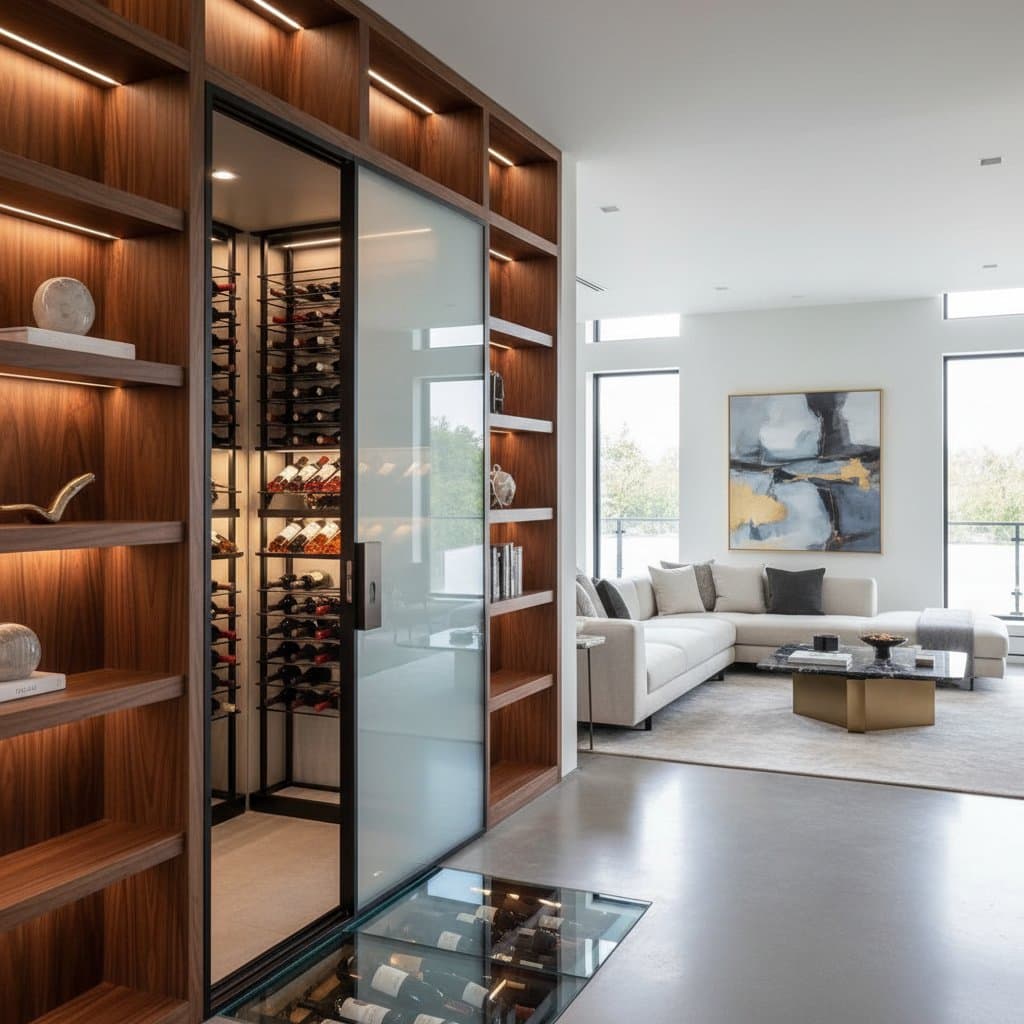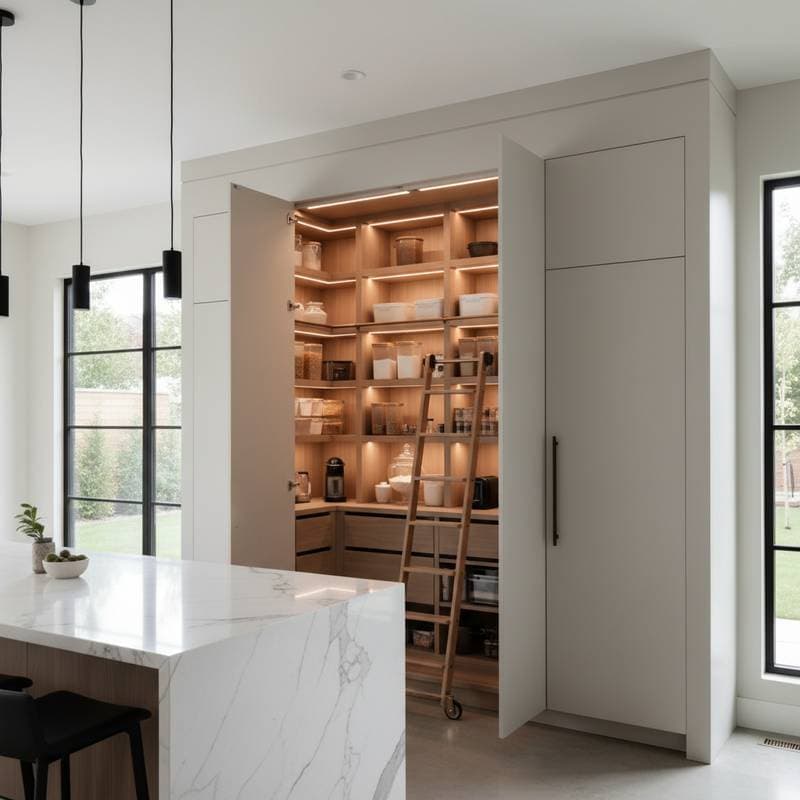Nature-Inspired Homes Gain 12 Percent More Value
Homebuyers pay a premium for residences that foster a deep connection to the natural world. Analysis of national housing data reveals that properties incorporating natural materials, abundant daylight, and integrated greenery achieve approximately 12 percent higher valuations compared to comparable homes lacking these elements. This surge aligns with the growing adoption of biophilic design principles, which weave natural motifs into architectural and interior frameworks. Such designs appeal to homeowners seeking serene, healthful living spaces, while savvy buyers recognize the enduring advantages of sustainable and organic aesthetics.
Biophilic design extends beyond mere decoration; it promotes psychological well-being by reducing stress and enhancing focus through exposure to natural patterns and elements. In urban settings, where disconnection from nature prevails, these features restore balance and elevate daily life. As environmental awareness intensifies, the demand for such homes accelerates, positioning them as a cornerstone of future real estate trends.
Cost Considerations for Implementation
The expense of incorporating nature-inspired elements varies based on project magnitude and material selections. For comprehensive whole-home transformations, national estimates range from $8,000 to $65,000. Mid-level renovations, which target key areas like kitchens or living rooms, typically fall between $12,000 and $35,000.
Projects involving bespoke constructions or elaborate landscaping may surpass $100,000, particularly in regions with stringent environmental regulations. Factors influencing these costs include the caliber and origin of natural materials, such as responsibly sourced stone, reclaimed wood, or artisanal clay. Additional expenses arise from daylight optimization through window expansions or installations, the integration of advanced plant systems like automated irrigation or vertical gardens, and the intricacies of labor and custom design.
Local variables, including climate demands and building codes, further shape budgets. For instance, in humid areas, moisture-resistant treatments add to outlays, while arid zones prioritize drought-tolerant greenery to minimize ongoing maintenance costs. Homeowners benefit from consulting certified professionals early to align expenditures with desired outcomes and regional incentives for green upgrades.
Key Nature-Inspired Design Elements
Natural Materials
Incorporating wood, stone, bamboo, and clay imparts authentic texture and inviting warmth to interiors. These materials excel in applications such as durable flooring that withstands foot traffic, accent walls that evoke earthy serenity, and cabinetry that blends seamlessly with surrounding spaces. Opt for certifications ensuring sustainability, like FSC-approved timber, to guarantee ethical sourcing and longevity.
Daylight and Scenic Integration
Expansive windows, strategically placed skylights, and seamless glass doors dissolve boundaries between indoors and outdoors. These enhancements prove most effective in communal zones like living rooms and kitchens, where natural illumination boosts mood and energy efficiency. Consider low-E coatings to maximize light intake while controlling heat gain, thereby reducing reliance on artificial lighting.
Living Greenery
Vertical green walls, built-in planters, and indoor herb gardens purify air quality and cultivate tranquility. Position these in transitional areas such as entryways, bathrooms, or corridors to create focal points of vitality. Select species like pothos or ferns that thrive in low-light conditions, paired with hydroponic systems for effortless upkeep and minimal soil mess.
Water Elements
Subtle indoor fountains or reflective pools introduce soothing humidity and ambient sounds that mask urban noise. These features harmonize best in expansive or fluid layouts, such as atriums or open-plan areas, where they enhance acoustic balance without overwhelming the space. Integrate filtration systems to prevent stagnation and ensure hygienic operation.
Organic Forms and Color Schemes
Furniture with flowing curves and palettes drawn from forest hues or ocean tones temper stark contemporary lines. This approach fosters coziness while preserving utility, ideal for bedrooms or reading nooks. Layer textures through woven rugs or linen drapes to amplify the sensory appeal of natural motifs.
Step-by-Step Guide to Incorporation
-
Evaluate Existing Light and Ventilation. Survey your home to pinpoint areas where enhanced daylight or fresh air circulation can elevate occupant comfort and reduce energy use.
-
Define Project Boundaries. Determine whether to pursue modest decorative adjustments or comprehensive structural modifications, aligning with your budget and lifestyle needs.
-
Source Sustainable Materials. Prioritize options like FSC-certified wood, natural stone, or low-VOC bamboo, verified for resilience and environmental impact.
-
Design Greenery Integration. Choose plant varieties compatible with your home's illumination and moisture levels, consulting local nurseries for region-specific recommendations.
-
Incorporate Water or Auditory Features. Select compact, low-maintenance elements like tabletop fountains to introduce calming effects without complicating daily routines.
-
Optimize Artificial Lighting. Install warm-toned, adjustable fixtures that replicate daylight cycles, ensuring seamless transitions from day to evening.
-
Apply Protective Finishes. Seal surfaces with eco-friendly coatings to resist humidity, pests, and daily wear, extending the lifespan of natural components.
-
Validate System Functionality. Conduct thorough tests of airflow, watering mechanisms, and electrical integrations prior to completion.
-
Establish Maintenance Protocols. Regularly clear dust, prune foliage, and address mineral deposits to sustain the vibrancy and hygiene of all features.
Comparable Design Approaches
Eco-Minimalist Aesthetics
This style employs sparse, high-quality materials in monochromatic schemes to achieve a spacious, breathable atmosphere. It incurs lower upfront costs than full biophilic implementations, though it sacrifices some organic depth and botanical presence for streamlined elegance.
Technology-Enhanced Comfort
Automation systems regulate temperature, lighting, and air quality for optimal habitability, emphasizing efficiency over tactile natural immersion. Such integrations appeal to tech enthusiasts seeking subtle enhancements without overt redesign.
Industrial Fusion with Organic Touches
Pairing raw metals, polished concrete, and salvaged timber creates robust, contemporary environments infused with subtle warmth. This hybrid suits urban lofts desiring biophilic hints minus comprehensive natural overhauls.
Exterior Landscape Extensions
Cultivating lush outdoor gardens or expansive patios amplifies usable square footage and visual appeal. While impactful for overall property allure, these modifications influence exterior ambiance more than interior wellness dynamics.
Investment Returns and Market Advantages
Properties embracing nature-inspired elements routinely secure elevated appraisals, with the 12 percent uplift stemming from pronounced buyer affinity for healthful, luminous, and ecologically sound attributes. Market analyses indicate quicker sales cycles for listings emphasizing raw materials, panoramic vistas, and verdant interiors.
Purchasers view these homes as bastions of vitality and forward-thinking sustainability, justifying elevated price points. The premium manifests most robustly in upscale segments and locales enforcing progressive green certifications, where such designs align with community values and regulatory frameworks.
Long-term, these investments yield compounded benefits, including lower utility bills from passive solar gains and heightened tenant satisfaction in rental scenarios. As global sustainability mandates evolve, early adopters position themselves for appreciating asset values amid shifting buyer demographics.
Implementing Changes for Lasting Impact
Commence with accessible modifications like introducing textured fabrics, maximizing window treatments for light diffusion, and adding potted flora to gauge personal resonance. These economical tweaks deliver prompt enhancements in ambiance and well-being, informing decisions on larger endeavors such as expansive glazing or resilient natural surfacing.
Engage architects or interior specialists versed in green methodologies to harmonize aesthetics, utility, and efficacy. Monitor post-upgrade metrics, including formal valuations or leasing inquiries, to quantify financial uplift.
A methodical progression ensures superior habitability alongside tangible economic rewards. Upon commitment, solicit estimates from at least three credentialed contractors and verify compliance with municipal permitting requirements to proceed confidently.











